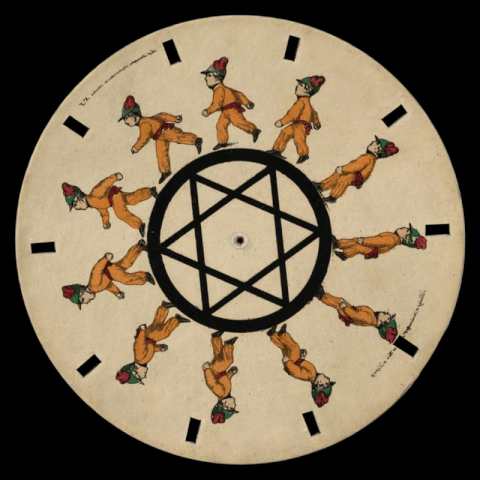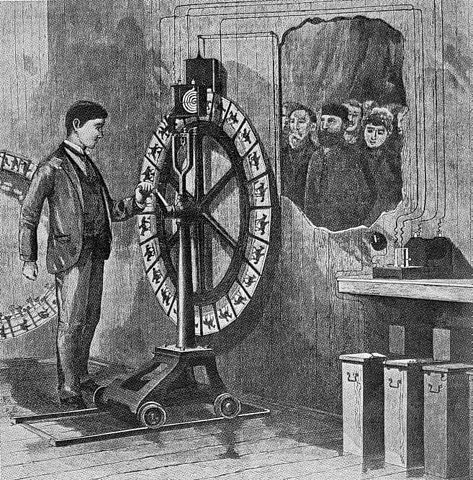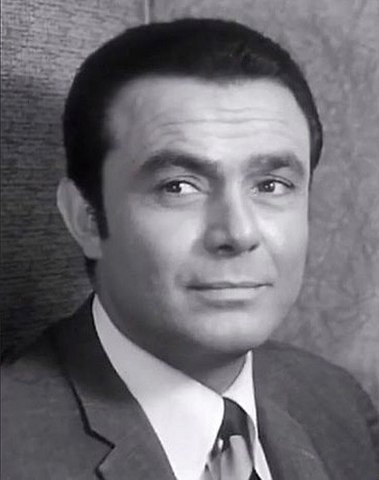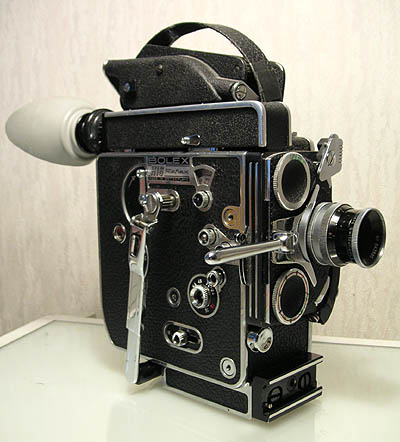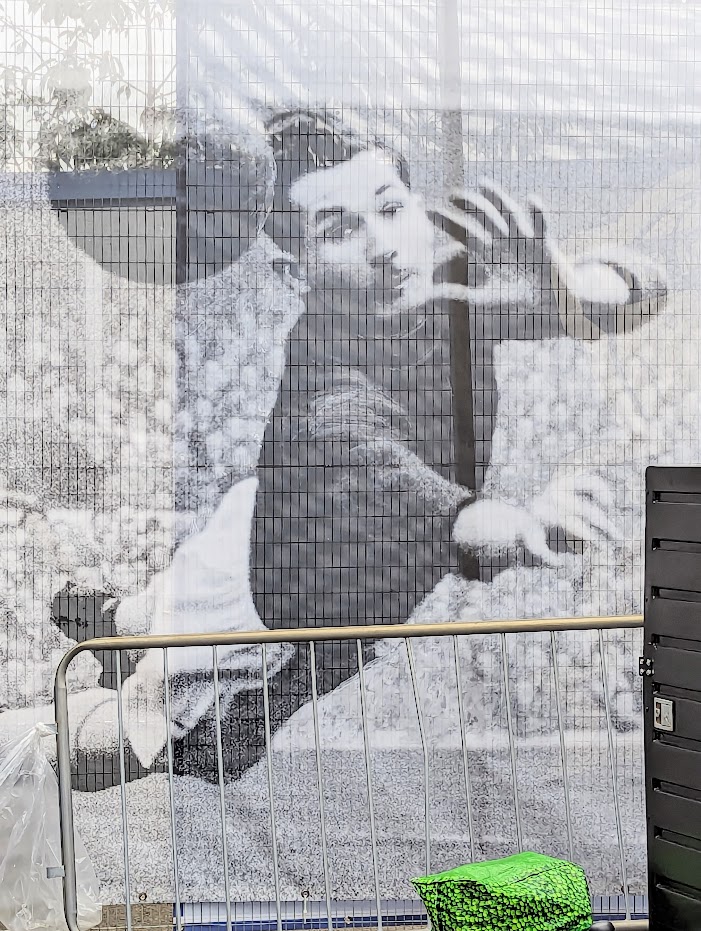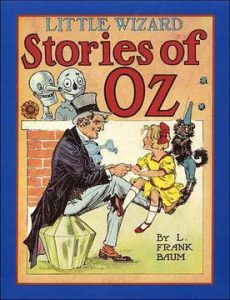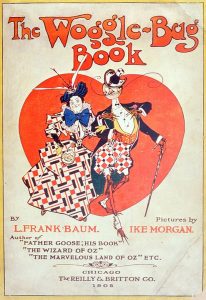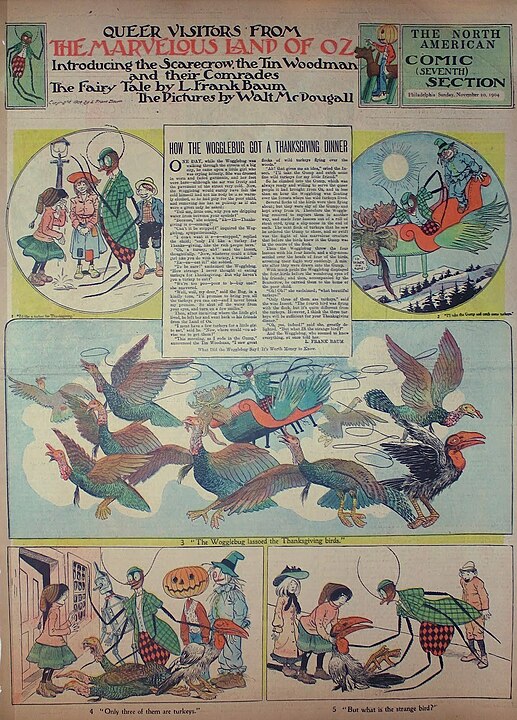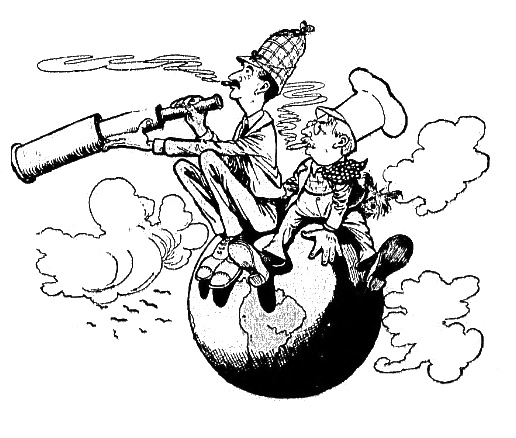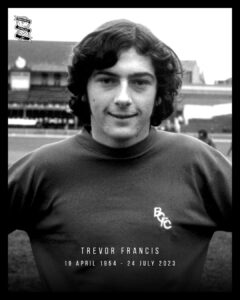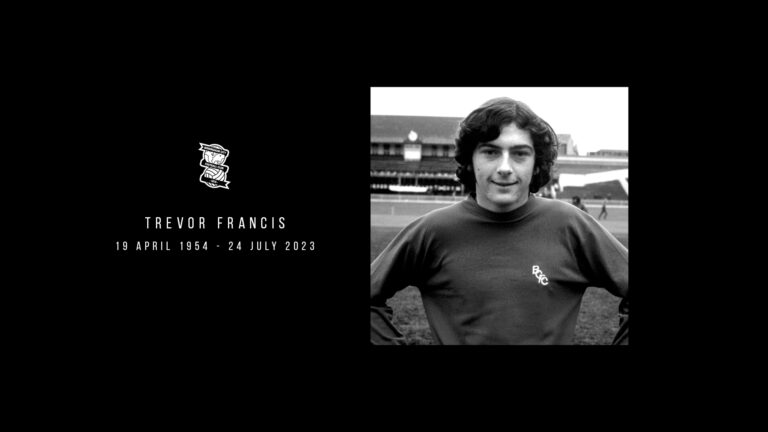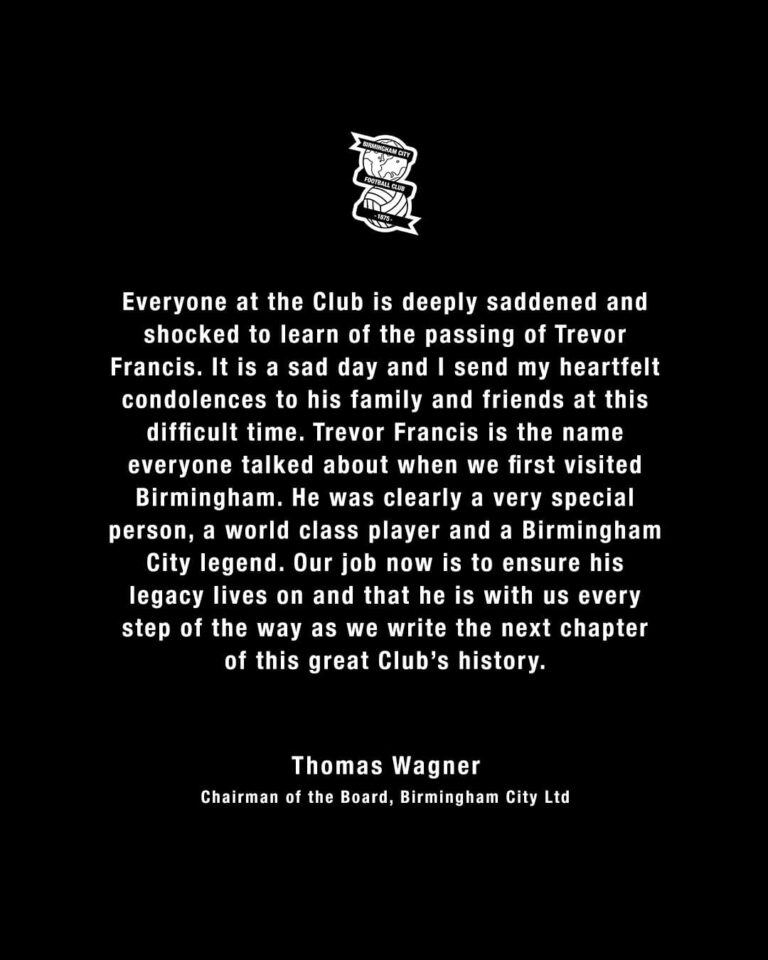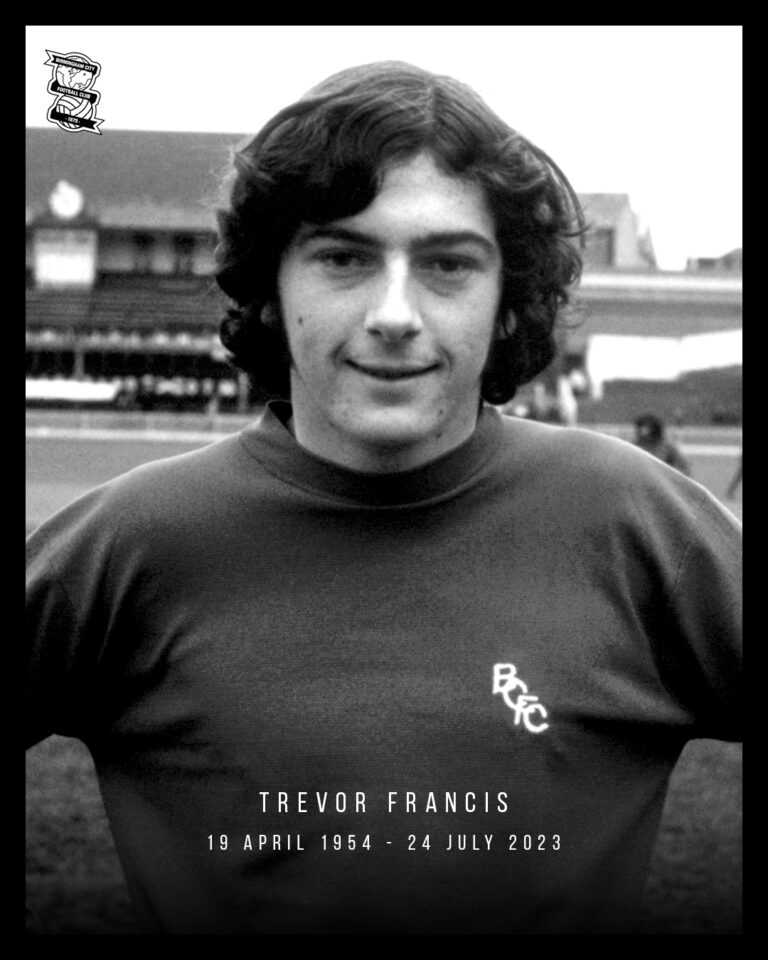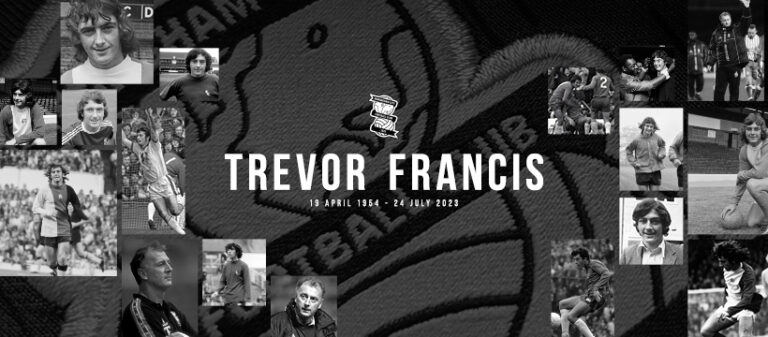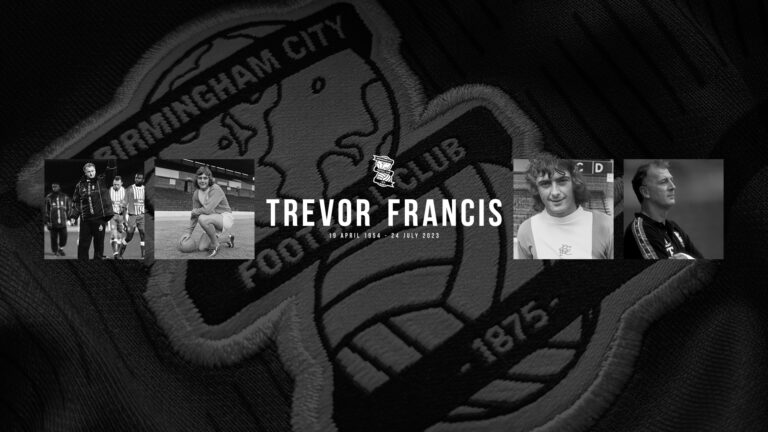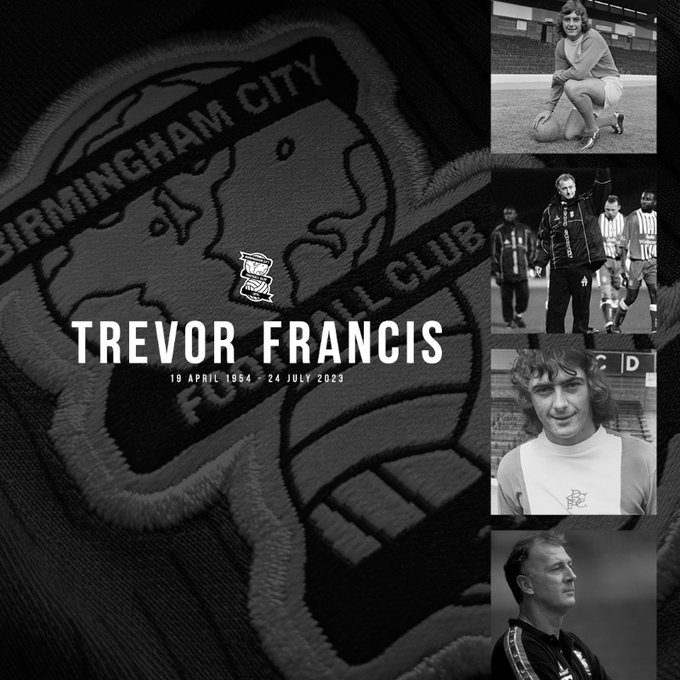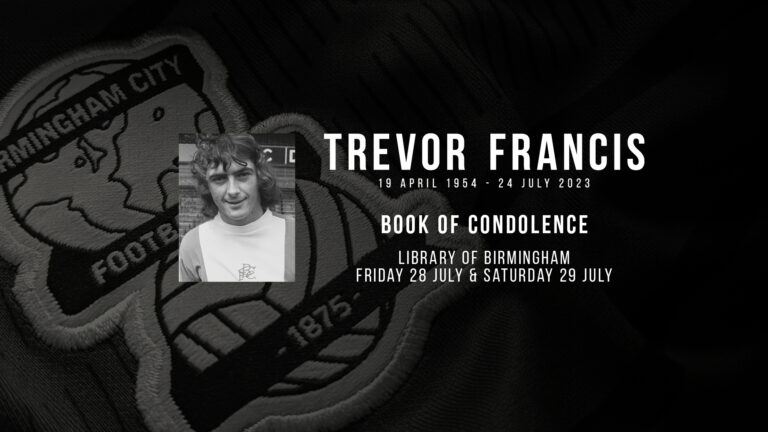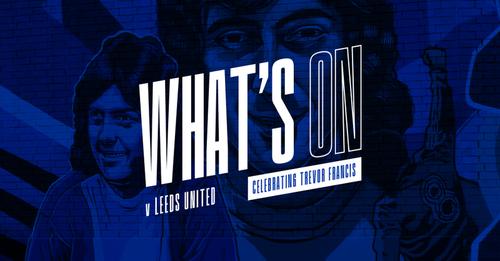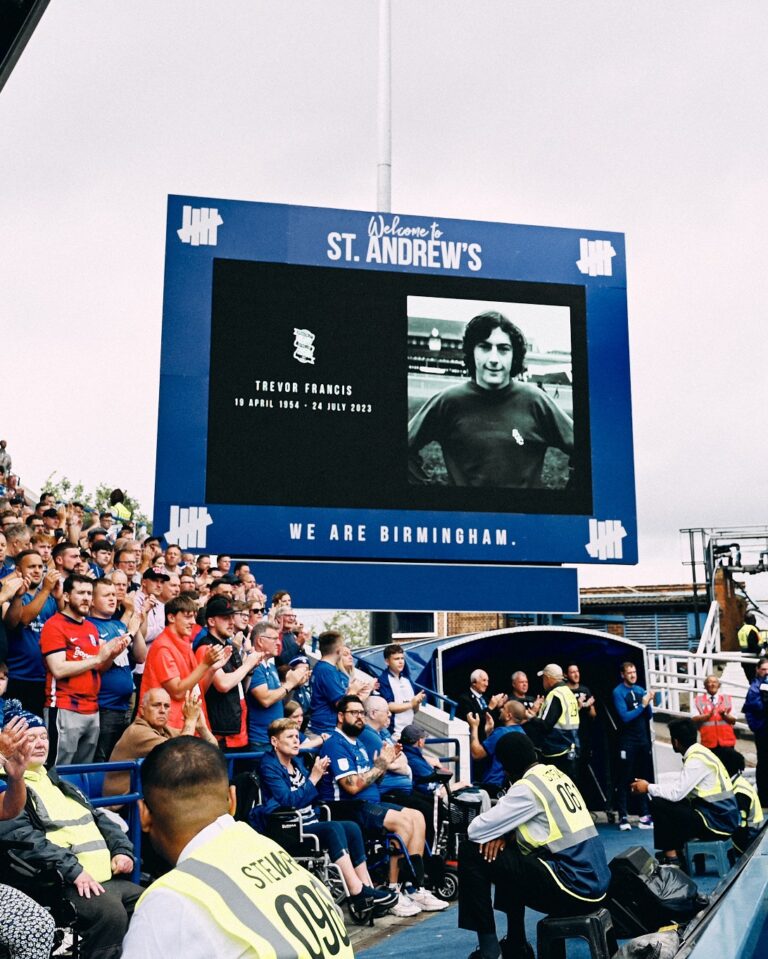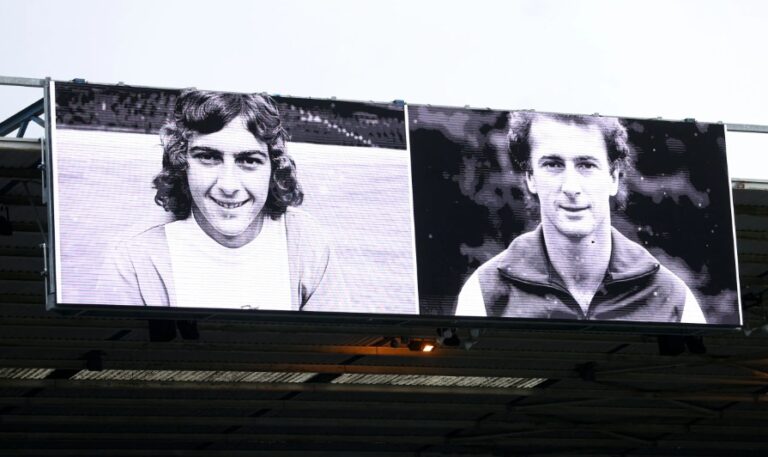
On the 9th of September, 2023 I went to see Sound Of Freedom at Cineworld Birmingham, Broad Street. I got to see this free thanks to the generosity of its distributor Angel Studios and their How You Can Help page. Click here to purchase tickets to give away yourself, buy tickets for yourself or claim a free ticket (like I did) from the kind people who purchased said tickets themselves to give away.
This movie is shocking and disturbing to watch as its content is about paedophilia and child sex trafficking, but not, thankfully, in a graphic way. It doesn’t need to do that. The truth sells itself here. It isn’t like most films these days, woke, it simply tells a story and does it well. A rarity these days. It is thought-provoking and leaves you feeling happy and sad at the same time. You feel happy for Tim Ballard, excellently played by Jim Caviezel, when he succeeds at what he is doing but then you feel sad for the children and the terrible things they go through. Those terrible things happen far too often and in staggering numbers.
Some people left the cinema when the credits started rolling and missed an important message by Caviezel at the end of the film. It was just as moving as the film was and the audience clapped and so did I.
This is a well-produced film with very good cinematography, very good acting, very good editing and very good music that captures the mood of the film so well.
I recommend anyone with children to watch this film and if their kids go to big school, they watch it too when it comes out on DVD (if it is allowed to that is), you won’t be sorry you did.
Below is information about the film’s distributor, Angel Studios.

Angel Studios logo.
What is Angel Studios?
Angel Studios is a curated, free streaming platform offering exceptional films, shows, and documentaries for all ages. Enjoy unlimited access to their award-winning, viewer-supported content designed to inspire, uplift, and unite through meaningful storytelling.
How Much Does Angel Studios Cost?
Angel Studios is completely free to watch. No payment or credit card is required.
Experience meaningful storytelling without barriers. You can support them by investing in their projects, using Pay It Forward, joining the Angel Guild, or buying their merchandise.
Angel’s North Star
Here is a message from Neal Harmon, Co-Founder and C.E.O. of Angel Studios regarding Angel’s North Star.
“We’re building a home for stories that amplify light (or, as we call it, our North Star).
How do we define light? True, honest, noble, just, authentic, lovely, admirable, and excellent.
Just as a compass, the stars and magnetic North guided sailors through dark waters centuries ago, our North Star for filmmaking helps us navigate dark times and focus on light in our day.
Darkness can seem pervasive. Last year introduced fires all over Australia, pandemic, economic turmoil, locusts infestations, rising food prices, protests and riots, earthquakes, and financial warfare (look up Hedge Funds and GameStop). Sometimes it feels as if the tumultuous events are becoming more frequent.
There’s a reason the film business was one of the few industries that grew during the Great Depression. Hope is a fundamental human need and in yesteryear, the filmmakers mastered storytelling to meet that need.
Unfortunately, most shows offered these days add to the cynicism, division, and darkness so pervasive in society.
Fortunately, darkness and light, hope and despair, cannot exist in the same place at the same time. And we believe if we build a home for creators and communities to connect, specifically those who align with our North Star, Angel Studios will become known for fulfilling our universal human need for hope and light. Our time feels short. Choosing, funding, creating, and spreading stories that matter has never felt more urgent.
Whether as a customer, investor or team member thank you for joining us.
Why Does Angel Studios Offer Free Streaming?
Angel Studios believes in making storytelling universally accessible. Their commitment to sharing light-amplifying content allows them to offer their service for free. This model is made possible by fan contributions via Pay It Forward, merchandise sales, and sponsorships.
What You Can Watch On Angel Studios
Watch inspiring and award-winning content on Angel Studios, from original series like The Chosen and The Wingfeather Saga to movies such as Sound of Freedom and His Only Son, and unique comedy shows like Dry Bar Comedy. New, compelling projects are added regularly. To see their full list, visit angel.com/watch.
Where You Can Stream Angel Studios
Stream Angel Studios on any internet-connected device. Watch via their website at angel.com, or visit angel.com/app to download the Angel app.
The Angel app is available for smartphones, tablets, and smart TV’s. Search for Angel Studios in your device’s app store. To see a full list of supported devices, go to angel.com/legal/devices.
Watch Angel Studios Offline
How To Sign Up For Angel Studios
Creating an Angel Studios account is easy. Visit their website or download the Angel app, select Sign Up, and register using your email address and password. This free sign-up grants you immediate access to their inspiring content.
Support Angel Studios
There are several ways to support Angel Studios. You can help amplify light by Paying It Forward, watching our content and live streams, sharing their content with your network, buying merchandise, or even investing in their projects. Every bit of support helps them continue their mission to uplift and inspire through powerful storytelling.
How To Become An Investor For Angel Studios Projects
Angel Studios allows fans to financially support the content they feel passionate about through crowdfunding opportunities. Visit invest.angel.com to view ongoing and past projects and to learn more about investment opportunities.
Does Angel Studios Offer Child-Friendly Content?
Yes, Angel Studios is dedicated to delivering content appropriate for viewers of all ages. Their platform is designed with family values in mind, ensuring children’s content promotes positive messages.
How You Can Get In Touch With Angel Studios
You can connect with them easily. For any inquiries, feedback, or suggestions, head over to their Contact page. You can also email them directly at support@angel.com or engage with them on their social media platforms (see below).
Blog Posts
Films: Sound Of Freedom.
Films: Tim Ballard.
Notes And Links
Article source: Angel Studios.
The image shown at the top of this page and the three below is the copyright of Angel Studios and was from their TouTube page.
Angel Studios – Official website.
Angel Studios on Facebook.
Tim Ballard – Official website.
Operation Underground Railroad – Official website. O.U.R. lead the fight against child sex trafficking and sexual exploitation around the globe. Their work has no boundaries. They go to the darkest corners of the world to assist law enforcement in rescuing children and ensure ongoing aftercare. They provide critical resources to law enforcement and preventative efforts that benefit at-risk children worldwide. Their resolve never falters, and they will faithfully persevere until every child is safe.
Operation Underground Railroad On Facebook.
Operation Underground Railroad On Twitter.
Operation Underground Railroad On YouTube.
Operation Underground On Instagram.
Operation Underground Railroad On LinkedIn.
Operation Underground Railroad On TikTok.
The SPEAR Fund – Official website. The SPEAR Fund collaborates with and funds anti-trafficking organizations to provide quick and effective action when it matters most.






